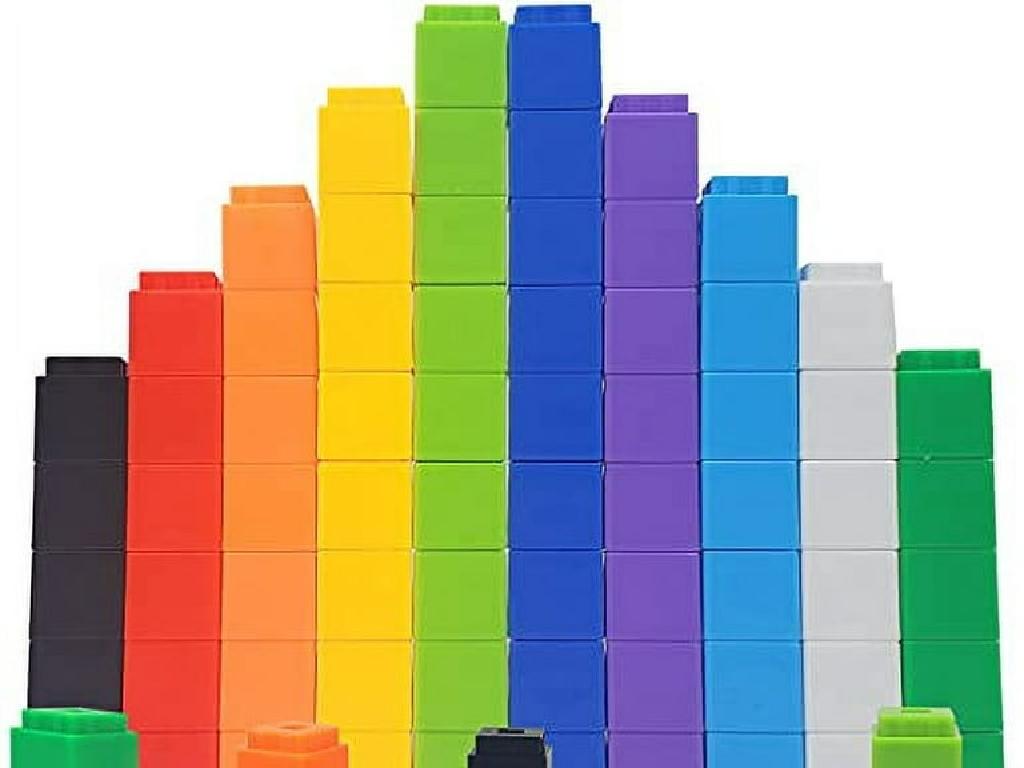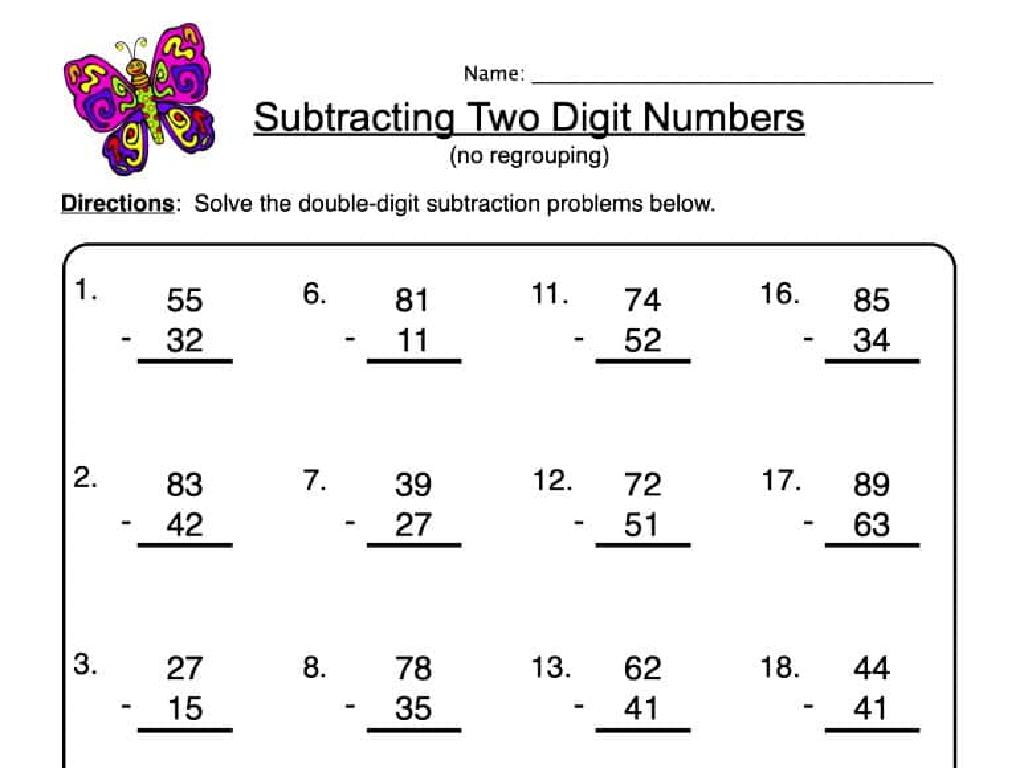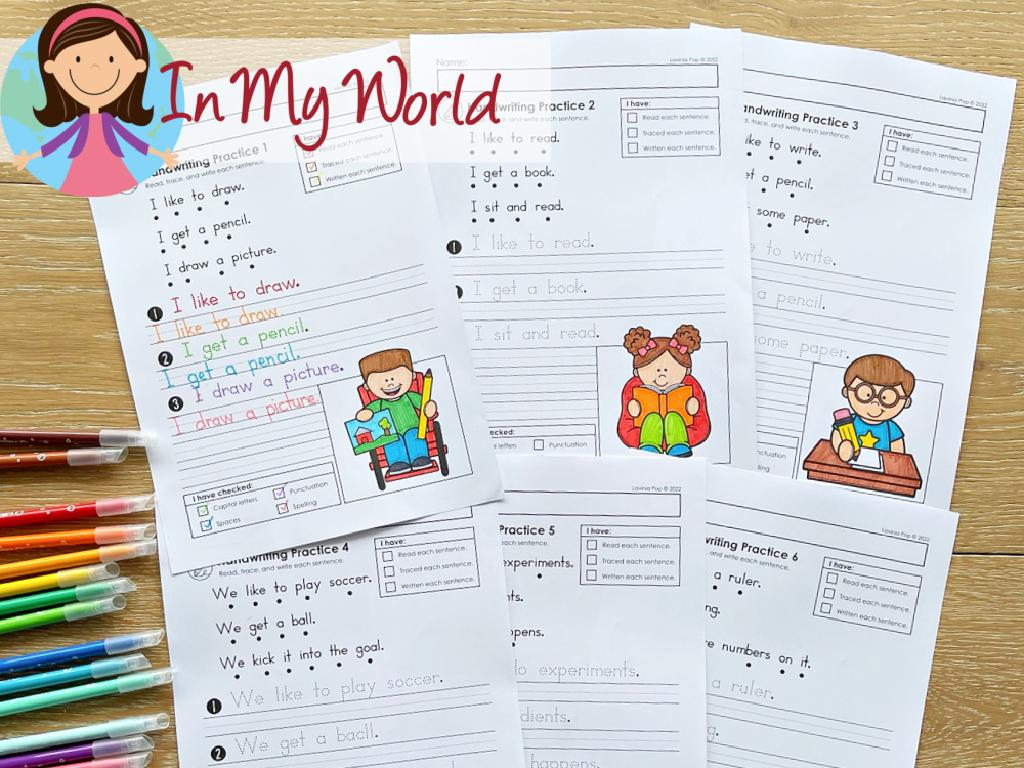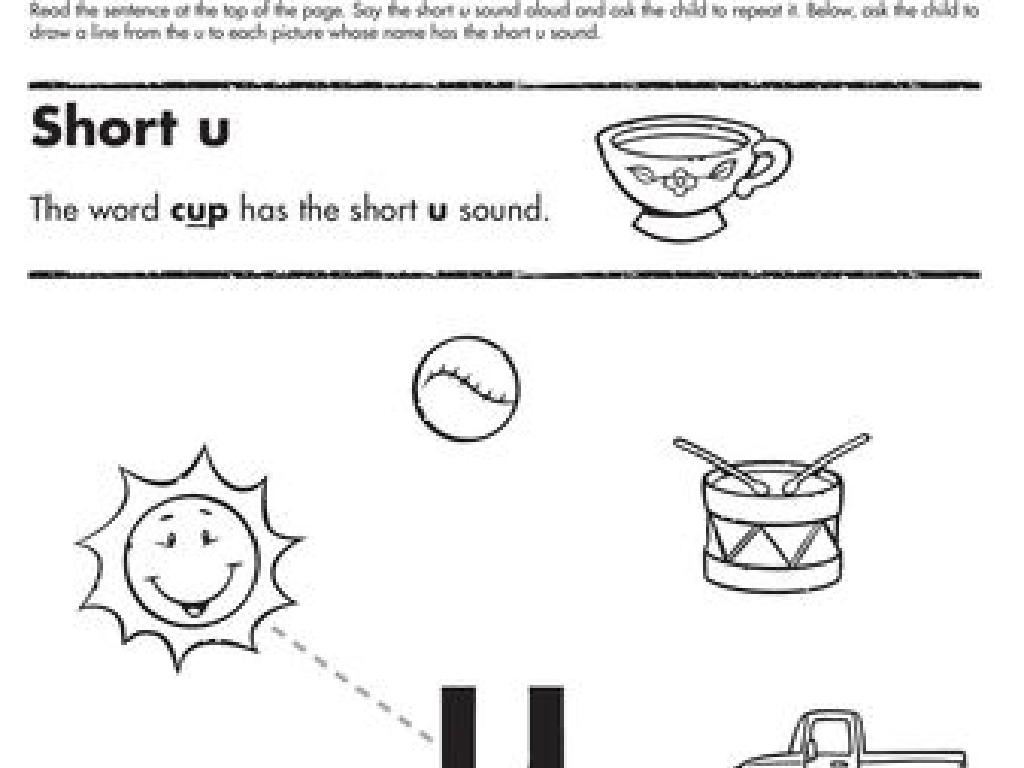What Is Economics?
Subject: Social studies
Grade: Eighth grade
Topic: Basic Economic Principles
Please LOG IN to download the presentation. Access is available to registered users only.
View More Content
Welcome to Economics: Exploring the Basics
– Economics: study of choices
– Economics is about how people choose to use resources.
– Daily impact of economics
– It affects prices, jobs, and resource availability.
– Economics in everyday decisions
– Every purchase or saving is an economic decision.
– Preview of today’s lesson
|
This slide introduces students to the fundamental concept of economics, which is the study of how individuals and societies make choices about ways to use limited resources. Highlight the importance of economics in everyday life, such as how it influences the cost of goods and services, availability of jobs, and personal financial decisions. Emphasize that understanding economics can help students make informed choices in their daily lives. The lesson will cover basic economic principles, providing a foundation for more in-depth study in future classes. Encourage students to think of questions they have about economics to discuss after the lesson.
Exploring Economics
– Economics defined
– The study of production, distribution, and consumption of goods and services.
– Economics: A social science
– It examines human behavior and social interactions related to financial decisions.
– Examining resource usage
– How individuals and societies choose to allocate limited resources to satisfy unlimited wants.
– Economics in everyday life
|
This slide introduces the basic concept of economics to eighth-grade social studies students. Begin with the definition of economics, emphasizing that it’s not just about money but also about making choices regarding the use of resources. Clarify that as a social science, economics is concerned with the behavior and interactions of people as they deal with scarcity and the implications of their choices. Discuss how economics involves decision-making processes at every level, from personal to global, and how it affects everyday life. Encourage students to think of examples where they have to make choices based on limited resources, like choosing how to spend their allowance.
Types of Economic Resources
– Natural resources: Earth’s offerings
– Examples: Water, minerals, forests
– Human resources: People’s skills
– Examples: Doctors, teachers, carpenters
– Capital resources: Man-made tools
– Examples: Machinery, buildings, computers
– Resource limitation: Scarcity
– All resources are finite and have alternative uses
|
This slide introduces students to the three main types of economic resources: natural, human, and capital. Natural resources are materials provided by the Earth, such as water, oil, and timber. Human resources refer to the labor, skills, and knowledge of people that contribute to production. Capital resources are the tools, equipment, and facilities that are used to produce goods and services. It’s crucial to discuss why resources are limited; they are not infinite and must be allocated efficiently. This concept of scarcity is fundamental in economics, as it necessitates choices and trade-offs. Encourage students to think of more examples and consider how scarcity impacts their daily decisions.
Understanding Supply and Demand
– Explore the Law of Supply and Demand
– When demand increases and supply remains the same, prices go up, and vice versa.
– Discover how market prices are set
– Prices balance where the quantity demanded equals the quantity supplied.
– Examine a real-life price example
– E.g., a popular toy may become expensive if it’s in high demand but limited in supply.
– Analyze the impact on consumer choices
|
This slide introduces the fundamental economic principle of supply and demand, which dictates how prices are determined in the market. Begin by explaining the law itself: if demand for a product increases and supply remains unchanged, the price is likely to rise. Conversely, if the demand decreases and supply remains unchanged, the price is likely to fall. Use the example of a popular toy to illustrate this concept; for instance, around the holidays, a sought-after toy may become more expensive due to increased demand and limited production. Discuss how this principle affects everyday decisions for both consumers and businesses, and encourage students to think of other examples where they have seen supply and demand in action.
Exploring Economic Systems
– Types of economic systems
– Market, Command, Mixed, and Traditional
– Market economy traits
– Based on supply/demand, private ownership
– Command economy traits
– Government makes all economic decisions
– Mixed economy traits
– Blend of market and command traits
|
This slide introduces students to the concept of economic systems, which are the ways that countries manage their economic resources and make decisions about production and distribution. There are four main types of economic systems: market, command, mixed, and traditional. A market economy is driven by the choices of consumers and businesses, with little government intervention. A command economy is controlled by the government, which makes all economic decisions. A mixed economy combines elements of both market and command economies. Discuss the pros and cons of each system, such as the efficiency and innovation of market economies versus the equality and stability that can be provided by command economies. Encourage students to think about which system they encounter in their daily lives and the impact of these systems on everyday economic choices.
The Role of Government in Economics
– Governments shape economies
– Through policies, governments can stimulate or cool down economic activity.
– Impact of taxes, regulations
– Taxes fund public services, while regulations ensure fair play.
– Subsidies as economic tools
– Subsidies can encourage or support certain industries or activities.
– Balancing freedom with control
– Finding the right mix is crucial for a healthy economy.
|
This slide explores the complex role that governments play in influencing economic systems. Governments can affect economic growth and stability through various policies. Taxes are necessary for funding public services but can also influence spending and saving behaviors. Regulations are designed to protect consumers and maintain market fairness, but excessive regulation can stifle innovation. Subsidies are used to support specific sectors, which can lead to economic growth in those areas. The challenge for governments is to balance these tools to ensure freedom for businesses and individuals while maintaining control to prevent market failures and ensure equitable distribution of resources. Encourage students to think critically about the implications of these economic tools and discuss current examples in class.
Understanding Economic Indicators
– Gross Domestic Product (GDP) explained
– GDP measures the total value of goods/services produced in a country.
– Inflation and unemployment rates
– Inflation: rise in prices. Unemployment: % of people looking for jobs.
– Impact of indicators on economy
– Indicators help assess economic performance and guide policy decisions.
– Analyzing economic health
|
This slide introduces students to the concept of economic indicators, which are vital statistics that show the health of a country’s economy. GDP is one of the most important indicators, representing the total economic output. Inflation and unemployment rates are also critical, as they reflect the cost of living and job market health, respectively. Understanding these indicators helps us evaluate how well an economy is doing and predict future performance. Discuss how these indicators can influence everyday life, such as the cost of groceries or the availability of jobs. Encourage students to think about how a change in one indicator might affect the others.
Class Activity: Economic Decision-Making
– Engage in scenario role-play
– Each group gets a scenario with limited resources to allocate
– Discuss choices and trade-offs
– Reflect on the necessity of choosing one option over another
– Develop a group economic plan
– Collaborate to create a plan that utilizes resources efficiently
– Present your plan to the class
– Share your strategy and reasoning with your classmates
|
This activity is designed to simulate real-world economic decision-making by having students role-play scenarios where they must allocate limited resources. Divide the class into small groups and provide each with a unique scenario that requires them to make tough choices on how to spend their resources. Facilitate a group discussion to help them understand the concept of trade-offs and opportunity costs. Each group will then create and present an economic plan to the class, explaining their decisions and the trade-offs they made. Possible scenarios could include budgeting a family’s monthly expenses, deciding on investments for a small business, or allocating funds for a school project. This will help students grasp the complexities of economic choices and the impact of their decisions.
Wrapping Up: Economic Principles
– Recap of key economic concepts
– Applying economic principles
– Think about using supply & demand at a lemonade stand
– Time for your questions
– Reflect on today’s learning
– How can economics help us make decisions?
|
This slide aims to summarize the key points discussed during the lesson on basic economic principles. Start by recapping the main concepts such as supply and demand, opportunity cost, and scarcity. Encourage students to think about how these principles appear in everyday life, such as running a lemonade stand or choosing how to spend their time. Open the floor for questions, allowing students to clarify any doubts and engage in the topic more deeply. Finally, ask students to reflect on what they’ve learned and how understanding economics can aid in making informed decisions in their daily lives. Prepare to provide examples and answer questions that may help solidify their understanding.






